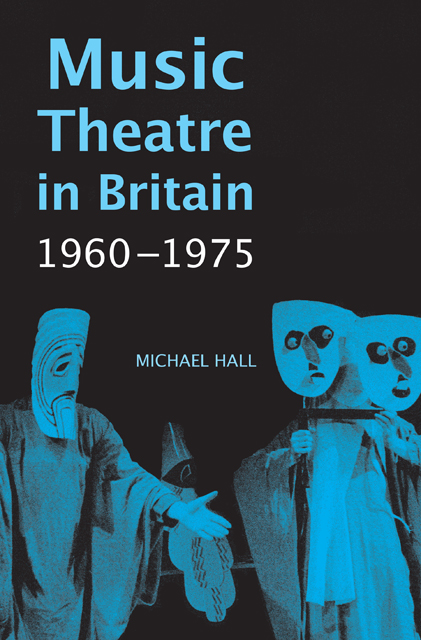Summary
Italian music in the first half of the seventeenth century acknowledged two styles: the prima prattica, a continuation of the polyphonic style of the sixteenth century, which composers used mainly for church music, and the seconda prattica, which embraced all the innovations that had emerged in secular music during the sixteenth century. Monteverdi made significant contributions to both, but above all he is remembered for his contribution to the seconda prattica. Il combattimento di Tancredi e Clorinda, which he composed for a concert of madrigals in the palazzo of the Venetian nobleman Girolamo Mocenigo in 1624, represents his indebtedness to what he and others had already achieved in the ‘second practice’: declamatory solo singing (the stile rappresentativo), the basso continuo, the use of instruments, the expressive use of dissonance and the increasing gravitation towards tonality. As mentioned in Chapter One, it also introduced into music a technique that was entirely new, the stile concitato, or ‘agitated style’.
Monteverdi published Il combattimento in his eighth book of madrigals, Madrigali guerrieri et amorosi (Madrigals of War and Love) of 1638. In the preface he tells us that, in his opinion, the three fundamental passions are anger, moderation and humility. Although previous composers had expressed moderation and humility by writing ‘in a gentle and tempered style’, none had been able to express anger or warlike emotions. For these, an agitated style was needed. Basing his invention on ancient Greek metric theories, he maintained that, to achieve agitation, the spondaic beat (the semibreve) had to be divided into sixteen semiquavers, these being the sixteen ‘hammer strokes’ of the pyrrhic measure used for lively and warlike dances. ‘If performed on a single note or chord, and combined with words expressing anger or disdain, this will produce an effect expressive of the excitement of battle.’ He then adds an important provision: ‘But since music depends on the juxtaposition of contrary passions anger must be contrasted with humility.’
To illustrate his innovation, Monteverdi chose to tell the story of the combat between Tancredi and Clorinda contained in the twelfth canto of Torquato Tasso’s epic poem, Gerusalemme liberata, where it occupies sixteen stanzas of ottava rima. He scores the work for soprano (Clorinda), tenor (Testo, the narrator), high baritone (Tancredi), four viole da braccio (soprano, alto, tenor and bass) and a continuo of great bass viol and harpsichord.
- Type
- Chapter
- Information
- Music Theatre in Britain, 1960–1975 , pp. 21 - 46Publisher: Boydell & BrewerPrint publication year: 2015



